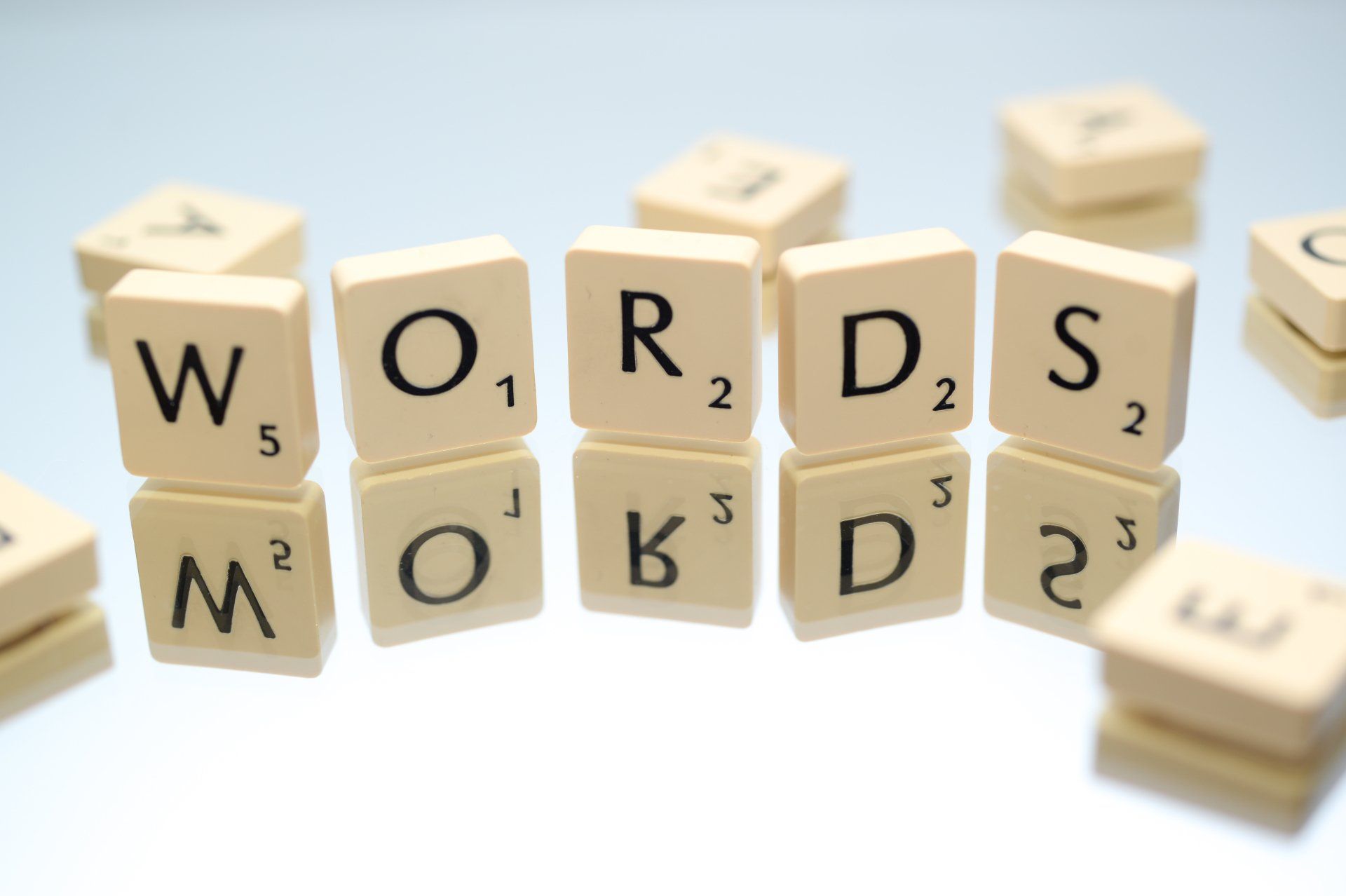Blog
Building Reading Stamina: A Guide for Parents
Madeline Waters • August 29, 2024
Reading stamina is crucial for children’s academic success, allowing them to focus and comprehend longer texts without losing interest or getting tired. As parents, you can help your child develop this skill! Here are some effective strategies to foster and enhance your child's reading stamina:
- Set a Routine: Establishing a consistent reading routine helps your child anticipate and look forward to reading time. Set aside specific times each day for reading, incorporating two sessions: one for reading together and one for independent reading. Consistency is key in building habits, so select a specific time each day for reading, such as right after school or before bed. Start with shorter reading sessions, around 10-15 minutes, and gradually increase the duration as your child's stamina improves. During independent reading time, use tools like the One Minute Reader program for structure and support, helping your child build confidence and stamina in reading alone.
- Take Turns Reading Aloud: Reading aloud together can be a fun and interactive way to build reading stamina while spending quality family time. This practice is excellent for modeling fluent reading and allows your child to hear and see how you read. Begin with you reading a whole chapter and your child reading just the first sentence or paragraph, then gradually increase their responsibility by having them read one out of every three paragraphs, and then switching off each page. This method allows your child to build stamina in manageable steps, making the transition to longer independent reading sessions smoother.
- Provide a Variety of Reading Material: Having a variety of reading materials keeps your child engaged and motivated to read more. Allow your child to choose material that interests them, giving them a sense of responsibility and keeping them engaged. When children are interested in what they are reading, they are more likely to read for longer periods. Encourage them to switch between different genres or types of materials, such as chapter books, comics, or informative articles. This variety can make reading more exciting and less monotonous, helping to build reading stamina.
- Create a Comfortable Environment: A comfortable reading space can make a significant difference in encouraging your child to read for longer periods. Create a quiet, comfortable, and well-lit reading area by minimizing distractions like TV and other electronic devices. A cozy nook with pillows, good lighting, and a selection of books within reach can create a welcoming atmosphere. Including healthy snacks during reading time can also help keep your child's energy up, making it easier for them to focus and read for longer periods without getting hungry or tired.
- Set Goals and Track Progress: Setting measurable goals and tracking progress can motivate your child and give them a sense of accomplishment. Set specific, achievable reading goals related to the number of books read, the amount of time spent reading, or the number of pages completed. Involve your child in tracking their progress using a reading log or chart to keep track of the books they’ve read and the time spent reading. Celebrating milestones with rewards, like extra playtime or a special treat, can motivate your child to reach their goals. By involving your child in setting and tracking goals, you give them a sense of accountability and responsibility for their progress, increasing their motivation to build reading stamina.
Developing reading stamina takes time, but with these strategies, your child will become a more confident and capable reader.
Highlighted Posts

The other day, my son asked me why blizzards are hazardous. The most interesting part of his question was the way he said the word hazardous. He pronounced it incorrectly, with a long a: HAYzardous. This told me he’d never heard the word spoken aloud before. However, when I probed him on the word’s meaning, he knew it exactly. How? He came across the word in a book he was reading. He didn’t know what it meant, but he figured out the meaning using context clues. Sometimes an unknown word can stop a reader in their tracks, shutting down comprehension. But if the reader has the ability to figure the word out, comprehension can continue, and the new word becomes part of the reader’s vocabulary. According to the research, vocabulary and comprehension are strongly linked. Students with low vocabulary scores tend to have low comprehension, and vice versa. Students acquire vocabulary incidentally through exposure to words at home and at school—by listening and talking, by reading books with adults, and by reading widely on their own. Students, especially struggling readers, also benefit greatly if they are taught strategies for vocabulary acquisition. Vocabulary activities should aim to engage students in actively thinking about word meanings, the relationships among words, and how we can use words in different situations. Effective strategies for vocabulary practice include: Student-Friendly Definitions : The meaning of a new word should be explained to students at their level, rather than just providing a dictionary definition. Defining Words Within Context : The most effective time to introduce an unknown word’s meaning is often at the moment the reader meets the word in the text. Using Context Clues : Students should learn to infer the meaning of a word by looking closely at surrounding text. Sketching Words : For many students, it is easier to remember a word’s meaning by making a quick sketch that connects the word to something personally meaningful to the student. Applying Words : When students are challenged to apply new words to their own experiences, they have another opportunity to deeply process its meaning. Analyzing Word Parts : If students know the meanings of root words and affixes, they are more likely to understand a word containing these word parts. Semantic Mapping : Semantic maps help students develop connections among words—for example, by writing an example, a non-example, a synonym, and an antonym. Developing Word Consciousness : Students who are word conscious are aware of and interested in the words around them. Teachers can promote word consciousness by helping students use: Language categories: Students learn to make finer distinctions in their word choices if they understand the relationships among words, such as synonyms, antonyms, and homographs. Figurative language: The ability to use figures of speech is also a part of word-consciousness. The most common figures of speech are similes, metaphors, and idioms. We’ve strongly incorporated vocabulary development into One Minute Reader . If your child is using One Minute Reader, there are many ways for them to build vocabulary and increase comprehension: During the Cold Read step, they should click on unknown words to hear the words pronounced immediately. During the Read Alone step, they should click on highlighted vocabulary words to see and hear the definitions. They can also use our free Difficult Word List resource to sketch and record words they struggled with so that they may review them later. For targeted, game-based vocabulary practice, check out the Splat-O-Nym iPad app . With audio support and immediate feedback, Splat-O-Nym helps students learn pronunciation and enhance their vocabulary acquisition through fun activities. The app includes over 7,000 synonym questions, 1,000 antonym questions, and 600 meaning-from-context questions. After I answered my son’s question about blizzards, I high-fived him for figuring “HAYzardous” out as he read. At One Minute Reader, we're here to help you mitigate the hazards of low vocabulary and ensure your child has the tools they need to become a successful reader.

Regardless of where kids are on their reading journey, there are countless ways to incorporate reading into cozy days at home this winter. Here are some easy ideas for kids to try at home over winter break and beyond! Have kids think of the trusted friends, family members, or adults in their lives who can read, and encourage them to read aloud with these people as often as possible. Depending on their reading ability, they can simply listen to a book read aloud, or they can take turns reading and being read to. Have the kids fill out this Read-Aloud Log every time someone reads to them or every time they read to someone. You could offer a small reward for completing this activity every day of winter break (or every day during a predetermined time period). Reading aloud to their pets, stuffed animals, or even to themselves counts too! Set up reading challenges in which kids set goals and record their minutes spent reading or the number of books they read. Have kids color and decorate these winter-themed bookmarks to make reading even more fun. Encourage kids to borrow books from the library and have a big pile to choose from on cozy winter days. See this Cozy Wintertime Book List for book ideas. Refer to our 7 Ways to Create a Cozy Reading Environment document to create an ideal reading space. Lend or gift kids the first book in a series that’s likely to hook them. Sometimes all it takes is the right series to turn a reluctant reader into a bookworm! Incorporate reading time into other fun activities. For example, while making dinner or baking holiday treats, kids can read the recipes and write out the grocery lists. Create a snowflake book wall. Print out this Snowflake Wall Template , and have kids fill out a snowflake each time they finish a book. Then, have them tape the snowflake to the wall. Encourage kids to find ways to read while playing favorite games or while spending time on electronic devices. While playing games, have them read the game instructions aloud. While watching shows, have them turn on and read the subtitles. Have kids practice reading and writing while completing this fun Winter Scavenger Hunt . They’ll get some fresh air too! Refer to this Send Some Cheer printable for addresses to places where kids can send letters. Have them practice their writing skills and spread kindness by writing to kids in hospitals, senior citizens, refugee children, and more. Set up daily One Minute Reader time, and see literacy progress in just minutes! This research-proven, parent-trusted program is free for 7 days and just $8/month after that. Your kids will have so much fun beating their goals, they won't want to stop. Download the Splat-o-Nym vocabulary iPad app , which keeps kids entertained while boosting their vocabulary. Kids can try a free version of this game and purchase to get the full experience. Note that this app is only available for iPads, not smartphones or other devices. Add your own ideas to this list! Our hope is for all kids to experience the joy of reading this winter season and always.
Ready to see an improvement in your child's reading?
Sign up today and get seven days for FREE.
One Minute Reader is just $8 per month after your free trial.
